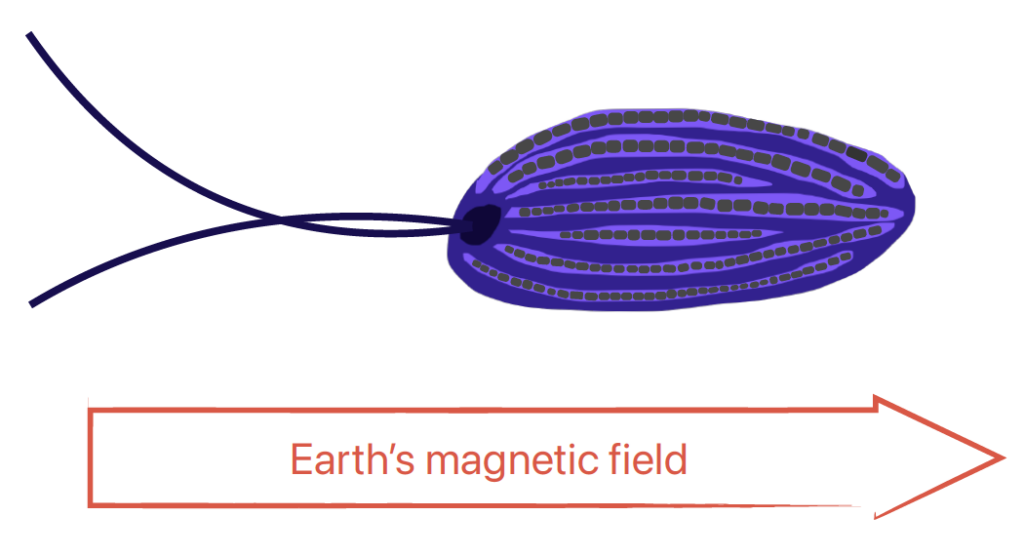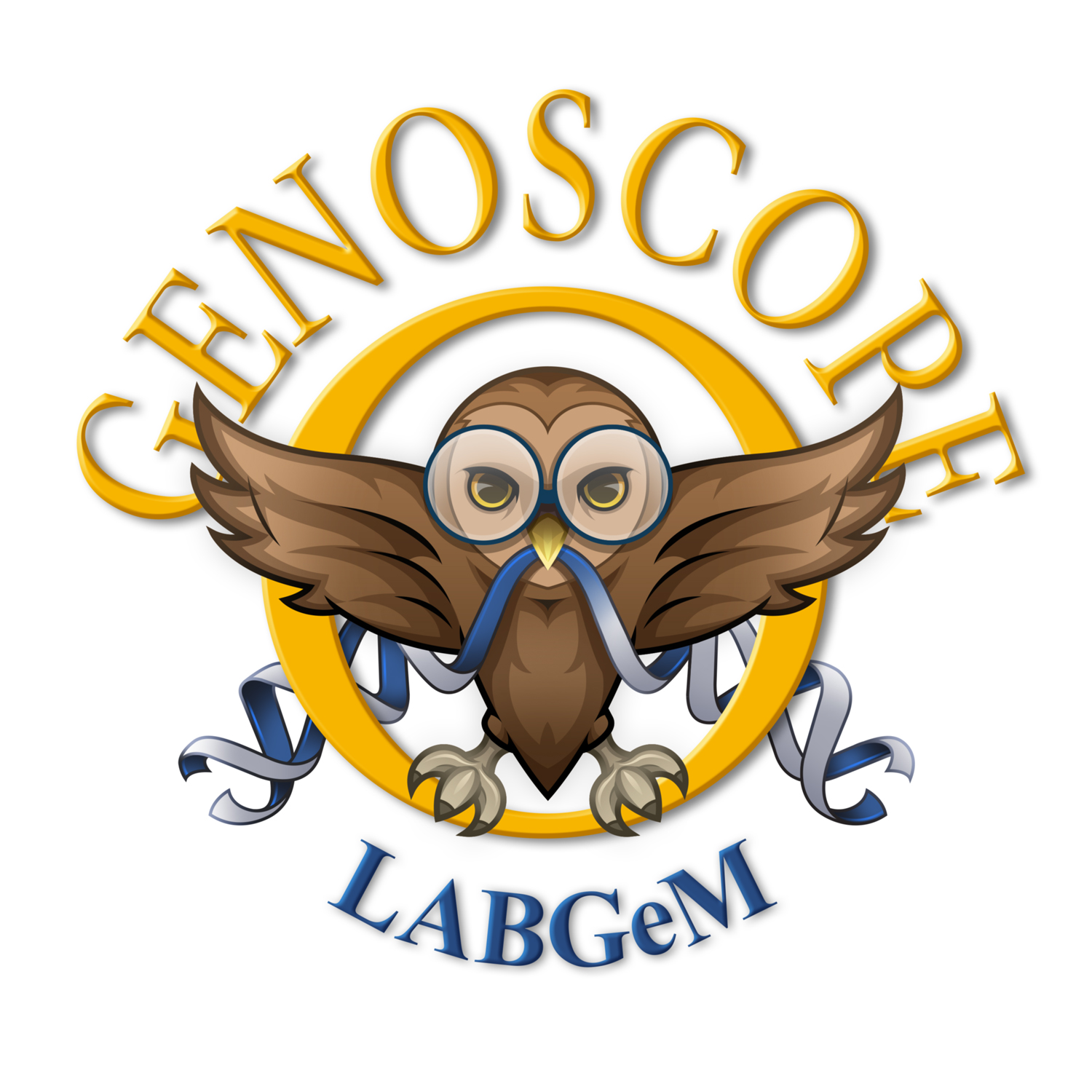Abstract
The project aims to decipher the biodiversity, ecology and evolution of a group of unicellular eukaryotes ubiquitous in marine anoxic sediments that sense the Earth’s magnetic field thanks to their symbiotic bacteria. This exploration will be done with a combination of approaches in microbiology, microscopy and genomics from the cell to the community level, with an inherent questioning on the role of symbioses in life diversification and adaptation.
The SymbioMAGNET project stems particularly from the recent discovery of a group of unicellular magnetotactic eukaryotes in anoxic marine sediments [1] (co-signed by all partners) and several unpublished preliminary data on their diversity. We have an inherent questioning about the biodiversity of these microbial magnetotactic holobionts (MHB) and their interactions in anoxic marine ecosystems. In this project, we will test different hypotheses:
(1) MHB are widespread in marine sediments and involve several groups of eukaryotic hosts and several species of bacterial symbionts.
(2) All MHB rely on a physical, syntrophic and obligatory cooperation whereby the symbionts magnetically guide the host motility.
(3) MHB share a common functional basis for symbionts cooperation (i.e. common features/metabolisms), but get specialized in different niches in anoxic habitats by developing specific features.
(4) Long-term interactions within MHB have generated specific changes in genome symbionts from their establishment and over their evolution.
(5) Magnetotactic symbiosis does not have one single origin (i.e. MHB diversity did not arise from a single ancestral MHB), but emerged several times independently in the tree of Eukarya and Bacteria as an adaptation to anoxic zones of aquatic habitats.
Overall, we propose to study the biodiversity of magnetotactic symbioses in anoxic sediments of the Mediterranean Sea, where most MHB have been isolated so far. We will propose new models of microbial holobionts relying on magnetoreception and thriving into anoxic habitats. By studying their dynamic in chemical gradients, we will make significant advances in understanding their contribution to the functioning of marine benthic ecosystems. In a longer term, it may allow us to understand the contribution of interspecific cooperation in complexification of life and adaptation. The biodiversity of MHB and the ecological/molecular processes involved in their functioning will be studied by a combination of approaches in microbiology, microscopy, genomics and evolutionary biology from the cell to the community level.
[1] Monteil CL, Vallenet D, Menguy N, Benzerara K, Barbe V, Fouteau S, Cruaud C, Floriani M, Viollier E, Adryanczyk G, Leonhardt N, Faivre D, Pignol D, López-García P, Weld RJ, Lefèvre CT (2019) Ectosymbiotic bacteria at the origin of magnetoreception in a marine protist. Nat Microbiol 4:1088-1095

